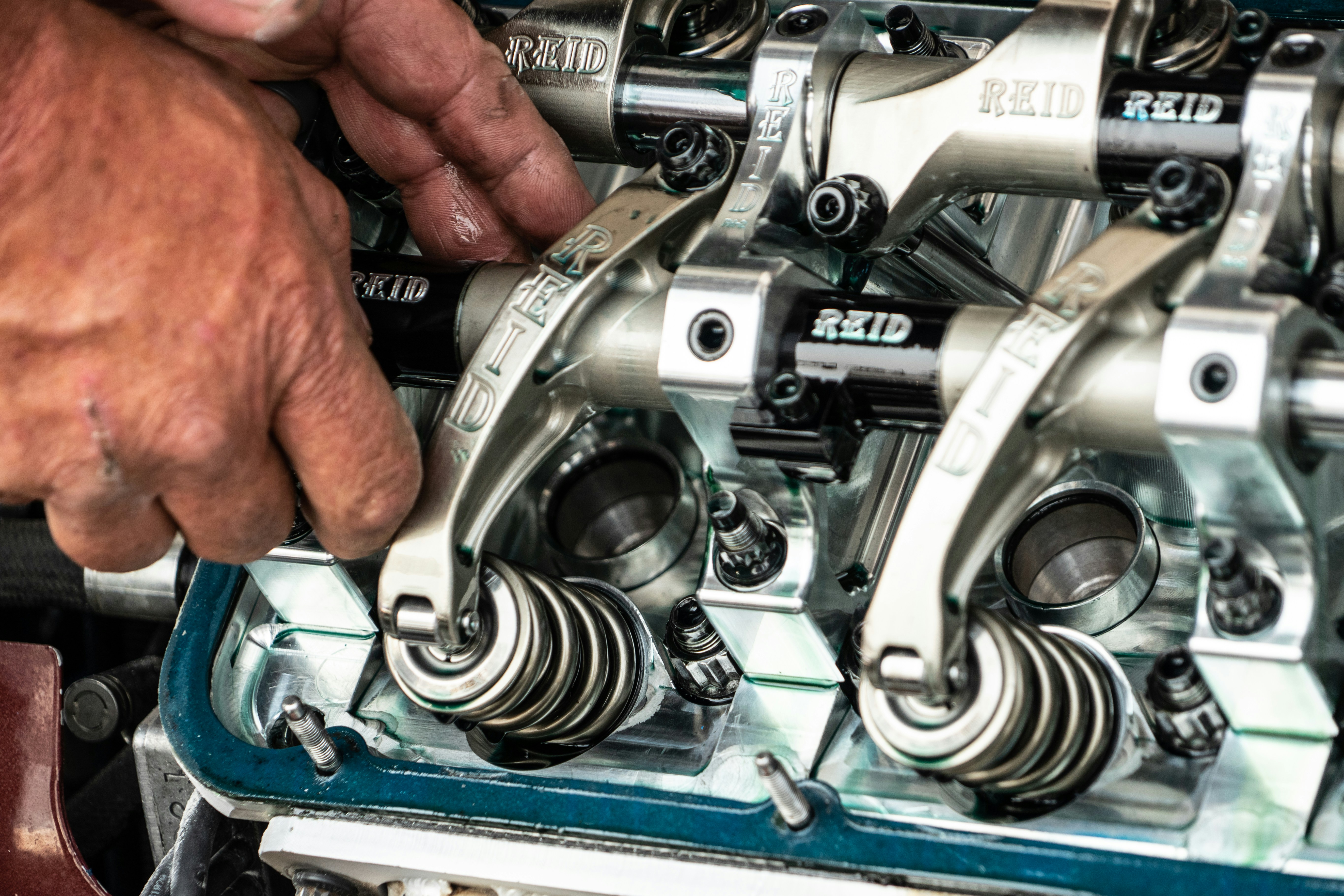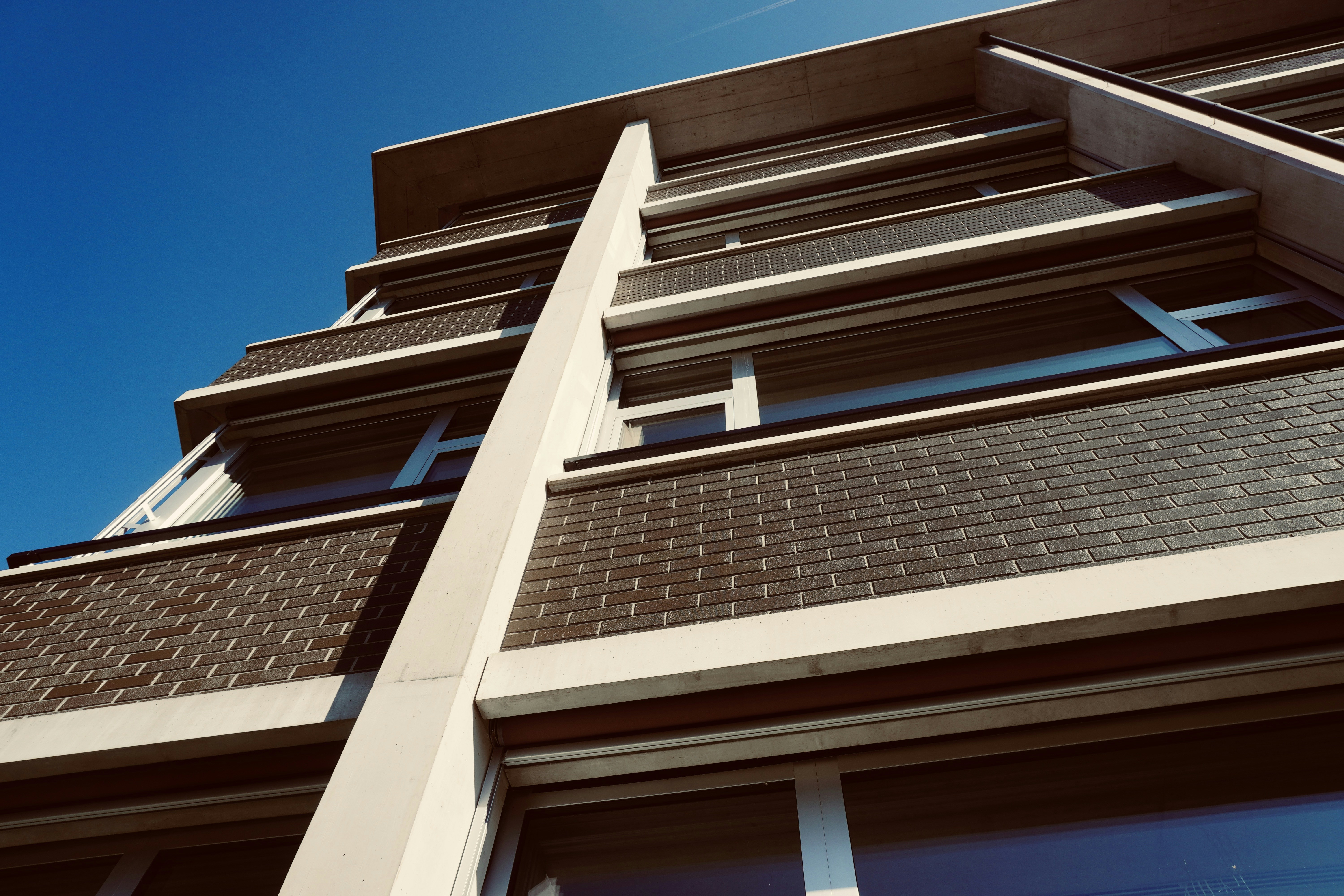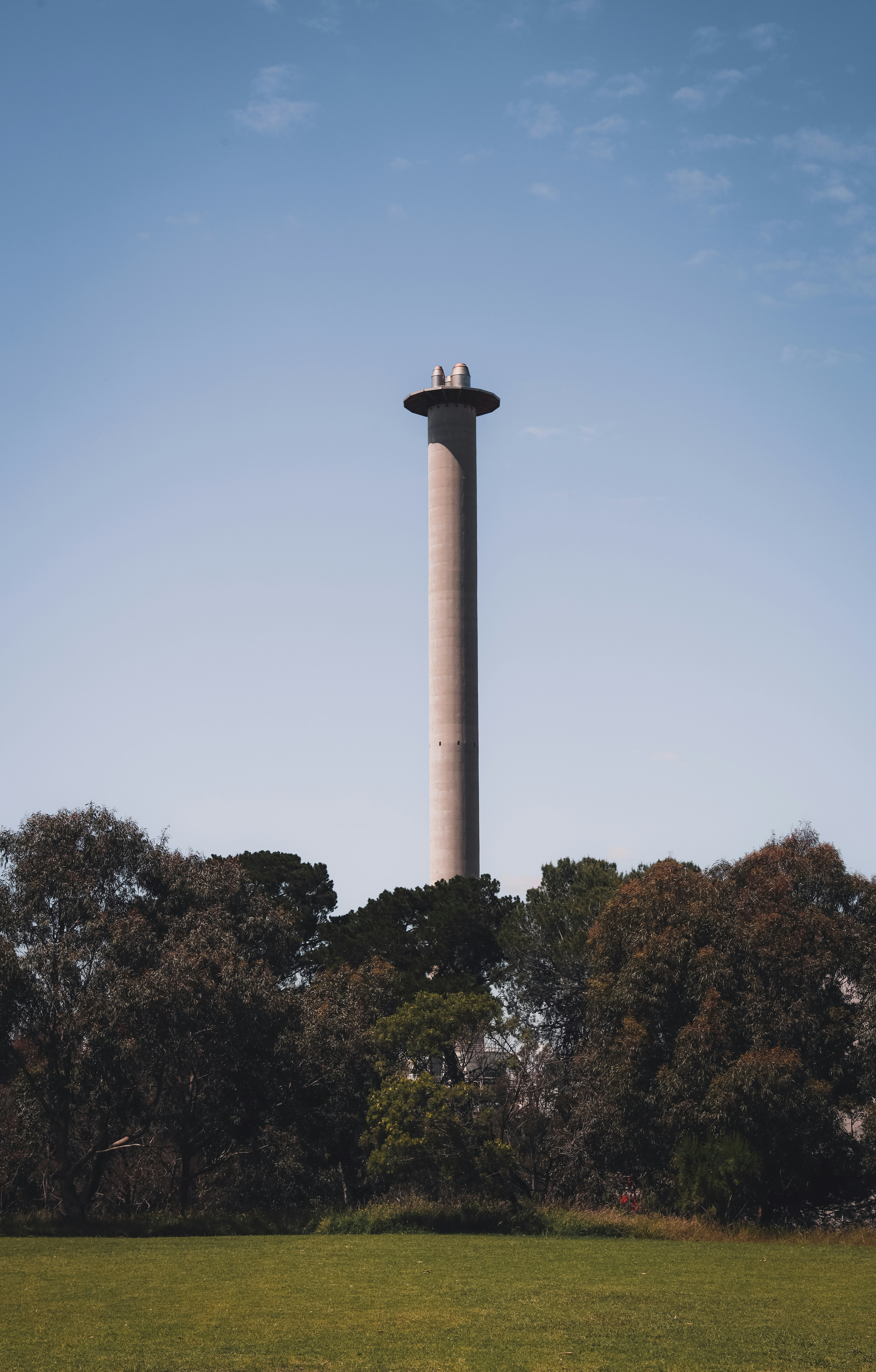In this article, we will explore the maintenance requirements for different types of wells, such as dug wells and drilled wells. We will delve into the necessary upkeep for each well type, ensuring that you have the knowledge to keep your well functioning optimally. Understanding the specific maintenance needs of your well is crucial to ensure a continuous supply of clean and fresh water. So, let’s dive in and discover the maintenance requirements for different well types.
Maintenance Requirements for Dug Wells
Regular Inspection
Regular inspections are crucial for the maintenance of dug wells. By conducting frequent visual inspections, you can identify any signs of deterioration or damage early on. Look for cracks, chips, or any other structural issues that may compromise the integrity of the well. Additionally, check the well cover to ensure it is secure and properly sealed to prevent contaminants from entering the well.
Silt and Debris Removal
Over time, silt and debris can accumulate at the bottom of the well, reducing its capacity and impairing the water quality. Regularly removing the accumulated silt and debris is essential to maintain proper water flow and quality. Use specialized tools like well brushes or a high-pressure hose to carefully clean the well and remove any unwanted materials.
Re-lining
If a dug well is showing signs of deterioration, re-lining may be necessary to reinforce its structure. Re-lining involves applying a new protective coating or layer on the internal surface of the well. This helps prevent further deterioration and extends the lifespan of the well. Consult with a professional well contractor to determine if re-lining is necessary and to perform the task correctly.
Wellhead Protection
Protecting the wellhead is crucial to prevent contamination and ensure the longevity of the dug well. Install a well cap or seal to keep out debris, insects, and small animals. Additionally, create a protective barrier around the wellhead area to prevent access by vehicles, livestock, or any other potential source of contamination. Regularly inspect and maintain the wellhead protection measures to ensure their effectiveness.
Pump Maintenance
If your dug well has a pump system, regular maintenance is necessary to keep it running smoothly. Schedule routine inspections of the pump, motor, and pressure tank to check for any signs of malfunction or wear. Lubricate moving parts as recommended by the manufacturer and replace any worn-out components promptly. Adequate pump maintenance will ensure consistent water flow and prevent unexpected breakdowns.
Disinfection
Regular disinfection of the dug well is essential to maintain water quality and eliminate harmful bacteria or contaminants. Follow the appropriate disinfection procedure recommended by your local health department or a water professional. This may involve chlorination or other disinfection methods to ensure the water from your dug well is safe for consumption. Regular testing should also be conducted to verify the effectiveness of the disinfection process.
Maintenance Requirements for Drilled Wells
Periodic Testing
Drilled wells should undergo periodic water testing to ensure the quality meets the established standards. Test for indicators such as bacteria, nitrates, pH levels, and any other contaminants that may be of concern in your area. Regular testing allows you to detect any changes in water quality that may require corrective action.
Pump Maintenance
Similar to dug wells, drilled wells equipped with pumps require regular maintenance. Inspect the pump, motor, and pressure tank routinely to identify any issues or signs of wear. Lubricate the moving parts as recommended by the manufacturer and replace any damaged components to sustain the well’s performance.
Well Casing Inspection
Regular inspection of the well casing is crucial for drilled wells. Check for any signs of deterioration, cracks, or corrosion that could compromise the integrity of the casing. Damaged casings can allow contaminants to seep into the well, affecting water quality. If any issues are found, consult a professional well contractor for repairs or replacements.
Disinfection
Maintaining a clean and sterile environment within the well is vital for drilled wells. Regular disinfection using appropriate methods, such as chlorination, ensures the sanitation of the well and the safety of the water it produces. Consult with water professionals or the local health department to determine the appropriate disinfection procedure for your drilled well.
Water Quality Monitoring
Continuous monitoring of the water quality is essential for drilled wells. Use water testing kits or seek the assistance of a water professional to analyze the water for any changes in quality. Monitoring for indicators like pH levels, bacteria, minerals, and contaminants will help identify any potential issues and ensure the safety and purity of the water.
Maintenance Requirements for Bored Wells
Regular Inspection
Regular inspections of bored wells are crucial to identify and address any potential issues early on. During the inspection, check for signs of structural damage, cracks, or any other visible deterioration. Additionally, inspect the well cover or cap to ensure it is tightly sealed and secure.
Sediment Removal
Over time, sediment can build up at the bottom of a bored well, reducing its efficiency and compromising water quality. Periodically removing the accumulated sediment is important to restore proper water flow and prevent clogging. Use specialized tools, such as a well brush or high-pressure hose, to safely remove the sediment and clear the borehole.
Chlorination
Regular chlorination is necessary to disinfect the water from bored wells and maintain its cleanliness. Follow the recommended chlorination procedures provided by your local health department or a water professional to ensure proper disinfection. Regularly monitoring chlorine levels and conducting necessary adjustments will help maintain water quality and prevent the proliferation of harmful bacteria.
Pressure Tank Inspection
If your bored well is equipped with a pressure tank, regular inspection is important to ensure it functions properly. Check for any leaks, signs of corrosion, or wear in the pressure tank. If any issues are detected, consult with a professional to perform the necessary repairs or replacements.
Water Testing
Regular water testing is critical to assess the quality of water produced by a bored well. Test for various contaminants, bacteria, pH levels, and other indicators of water quality. Monitoring the water quality will allow you to detect any changes or issues that may require corrective actions to maintain safe and clean drinking water.
Maintenance Requirements for Driven Wells
Periodic Inspection
Regular inspections are essential for the maintenance of driven wells. Perform visual inspections to check for signs of damage, such as cracks or deterioration, in the well structure. Additionally, inspect the wellhead area to ensure it is properly protected and sealed against potential sources of contamination.
Sediment and Debris Removal
As with other types of wells, driven wells can accumulate sediment and debris over time, which hampers water flow and affects water quality. Regular removal of sediment and debris is necessary to maintain the efficiency of the well and ensure the delivery of clean water. Use appropriate tools to safely clean the well and restore its functionality.
Disinfection
Maintaining the cleanliness and disinfection of driven wells is crucial. Regular disinfection using appropriate methods, such as chlorination, helps eliminate harmful bacteria or contaminants that may enter the well. Consult with water professionals or the local health department to determine the recommended disinfection procedures for your driven well.
Pressure Tank Maintenance
If your driven well is equipped with a pressure tank, regular maintenance is necessary for optimal performance. Inspect the pressure tank for any leaks, corrosion, or malfunctions. Ensure the pressure settings are correct and adjust as needed. Proper maintenance of the pressure tank will contribute to the reliability and efficiency of your driven well system.
Testing for Water Quality
Regular testing of the water quality is crucial for driven wells. Test for various contaminants, bacteria, pH levels, and any other parameters of concern in your area. Monitoring the water quality will help identify any changes or issues that may require corrective actions to maintain safe and potable water.
Maintenance Requirements for Jetted Wells
Regular Inspection
Regular inspections are essential for the maintenance of jetted wells. Inspect the well structure, including the casing and seals, for any signs of damage or deterioration. Also, ensure that the wellhead protection measures are intact and functioning effectively.
Cleanout
Jetted wells may require periodic cleanouts to remove any sediment or obstructions that can hinder water flow and affect the well’s performance. Engage a well contractor to perform the cleanout procedure, ensuring that all debris and sediment are effectively removed from the well.
Disinfection
Maintaining the cleanliness and sanitization of jetted wells is crucial to prevent bacterial growth and ensure safe water. Follow the recommended disinfection procedures provided by your local health department or a water professional. Regular disinfection will help eliminate any harmful bacteria and maintain water quality.
Shock Chlorination
To further enhance disinfection, jetted wells may require occasional shock chlorination. This involves introducing a higher concentration of chlorine into the well to thoroughly sanitize the system. Consult with a professional to determine if shock chlorination is necessary for your jetted well and to perform the procedure safely.
Pump Maintenance
Jetted wells equipped with a pump system require regular maintenance to ensure proper functioning. Inspect the pump, motor, and pressure tank for any issues, leaks, or signs of wear. Lubricate the moving parts as recommended by the manufacturer and replace any worn-out components for optimal performance.
Maintenance Requirements for Sand-point Wells
Periodic Inspection
Regular inspections of sand-point wells are crucial to identify any signs of damage or deterioration. Inspect the well casing, screen, and connections to ensure they are intact and functioning properly. Additionally, check the wellhead protection measures to prevent contamination.
Sediment Removal
To maintain the efficiency of sand-point wells, periodic sediment removal is necessary. Over time, sediment can accumulate near the screen, reducing water flow and water quality. Using specialized tools, carefully flush out the accumulated sediment to keep the well functioning optimally.
Bleaching
Regularly bleaching a sand-point well helps sanitize the system and maintain water quality. Follow the appropriate bleaching procedures recommended by water professionals or the local health department. Regular monitoring of chlorine levels and necessary adjustments will ensure effective disinfection.
Pressure System Check
If your sand-point well has a pressure system, regular checks are important to ensure its proper functioning. Inspect the pressure tank, switches, and pressure control mechanisms for any leaks, malfunctions, or worn-out parts. Ensure the pressure settings are correct and adjust as needed for optimal performance.
Water Testing
Periodic water testing is crucial for sand-point wells to assess water quality. Test for contaminants, bacteria, pH levels, and any other parameters of concern in your area. Regular monitoring of water quality will enable you to detect any changes or issues and take appropriate corrective actions.
Maintenance Requirements for Artesian Wells
Regular Inspection
Artesian wells should undergo regular inspections to assess the condition of the well casing, seals, and surrounding structures. Look for any signs of damage or deterioration, such as cracks or leaks. Additionally, ensure that the wellhead protection measures are in place and functioning effectively.
Well Casing Cleaning
Regular cleaning of the well casing is essential to remove any sediment, debris, or biological growth that may accumulate over time. This helps maintain proper water flow and water quality by preventing obstructions. Engage a professional well contractor to perform the cleaning procedure correctly.
Wellhead Protection
Protecting the wellhead of an artesian well is crucial to prevent contamination and maintain the integrity of the well system. Install a secure and properly sealed well cap or seal to keep out debris, insects, and small animals. Additionally, establish a protective barrier around the wellhead area to prevent access by vehicles, livestock, or potential sources of contamination.
Disinfection
Regular disinfection procedures should be followed to maintain the cleanliness and safety of the water from artesian wells. Consult with water professionals or the local health department to determine the appropriate disinfection methods for your artesian well. Regular water testing should also be conducted to verify the effectiveness of the disinfection process.
Water Quality Monitoring
Continuous monitoring of the water quality produced by artesian wells is essential. Use water testing kits or seek assistance from water professionals to analyze the water for any changes or issues. Monitoring for indicators such as pH levels, bacteria, minerals, and contaminants will help identify potential problems and ensure the safety and purity of the water.
Maintenance Requirements for Spring Wells
Periodic Inspection
Spring wells should undergo periodic inspections to identify any signs of damage or deterioration. Check the well structure, including the casing and seals, for cracks or leaks that could affect water quality. Additionally, ensure that the spring box or collection area is clean and free from debris.
Spring Box Cleaning
Regular cleaning of the spring box or collection area is essential to maintain proper water flow and prevent the growth of algae or other contaminants. Remove any debris or organic matter that may accumulate, as it can affect water quality and restrict the flow of water into the well.
Disinfection
Maintaining the cleanliness and sanitization of spring wells is crucial to prevent bacterial growth and ensure safe water. Follow the recommended disinfection procedures provided by your local health department or a water professional. Regular disinfection will help eliminate any harmful bacteria and maintain water quality.
Testing for Water Quality
Regular water testing is critical for spring wells to assess the quality of the water produced. Test for a range of contaminants, bacteria, pH levels, and any other parameters required for water quality monitoring. Monitoring the water quality will help identify any changes or issues that may require corrective actions to maintain safe and potable water.
Wellhead Protection
Protecting the wellhead of a spring well is vital to prevent contamination and maintain the integrity of the system. Install a secure and properly sealed well cap or seal to keep out debris, insects, and small animals. Additionally, establish a protective barrier around the wellhead area to minimize the risk of contamination from vehicles, livestock, or other potential sources.
Maintenance Requirements for Gravity-Fed Wells
Regular Inspection
Regular inspections are essential to ensure the proper functioning of gravity-fed wells. Check the well structure, including the casing and seals, for any signs of damage or deterioration. Additionally, inspect the wellhead protection measures to prevent contamination.
Clearing Sedimentation
Gravity-fed wells may experience sedimentation buildup over time, which can impact water quality and flow. Regularly clear out the accumulated sedimentation to maintain the efficiency of the well. Use appropriate tools, such as a well brush or high-pressure hose, to carefully remove the sedimentation without causing damage to the well components.
Disinfection
Maintaining the cleanliness and safety of the water from gravity-fed wells is crucial. Regular disinfection using appropriate methods, such as chlorination, helps eliminate harmful bacteria or contaminants that may enter the well. Consult with water professionals or the local health department to determine the recommended disinfection procedures for your gravity-fed well.
Pump Maintenance
While gravity-fed wells rely on natural water flow, some may have a pump system to enhance water pressure or flow. If your gravity-fed well has a pump, regular maintenance is necessary to keep it in optimal condition. Inspect the pump, motor, and pressure tank for any issues, leaks, or signs of wear. Lubricate the moving parts as recommended by the manufacturer and replace any worn-out components for optimal performance.
Water Testing
Periodic water testing is crucial for gravity-fed wells to ensure the water quality meets safety standards. Test for contaminants, bacteria, pH levels, and any other parameters of concern in your area. Regular monitoring of water quality will enable you to detect any changes or issues and take appropriate corrective actions.
Maintenance Requirements for Hand-Dug Wells
Periodic Inspection
Regular inspections of hand-dug wells are necessary to identify any signs of damage or deterioration. Inspect the well structure and casing for cracks, leakage, or any visible defects. Additionally, ensure that the well cover or cap is secure and properly sealed.
Removing Sediment and Debris
Periodically removing accumulated sediment and debris from hand-dug wells is important to maintain water flow and quality. Use specialized tools, such as a well brush or high-pressure hose, to carefully clean the well and remove any unwanted materials. Proper removal of sediment and debris will ensure optimal well performance.
Chlorination
Regular chlorination is essential for hand-dug wells to disinfect the water and prevent bacterial growth. Follow the recommended chlorination procedures provided by your local health department or water professionals. Regular testing of chlorine levels and necessary adjustments will ensure effective disinfection.
Pressure Tank Check
If your hand-dug well is equipped with a pressure tank, regular checks are necessary to ensure it is functioning properly. Inspect the pressure tank, switch, and connections for any leaks, malfunctions, or worn-out parts. Adjust the pressure settings as needed to maintain optimal performance.
Testing for Water Quality
Regular water testing is crucial for hand-dug wells to assess the safety and quality of the water produced. Test for various contaminants, bacteria, pH levels, and any other parameters of concern in your area. Monitoring the water quality will help detect any changes or issues that may require corrective actions to maintain safe and potable water.




